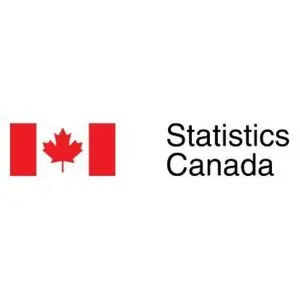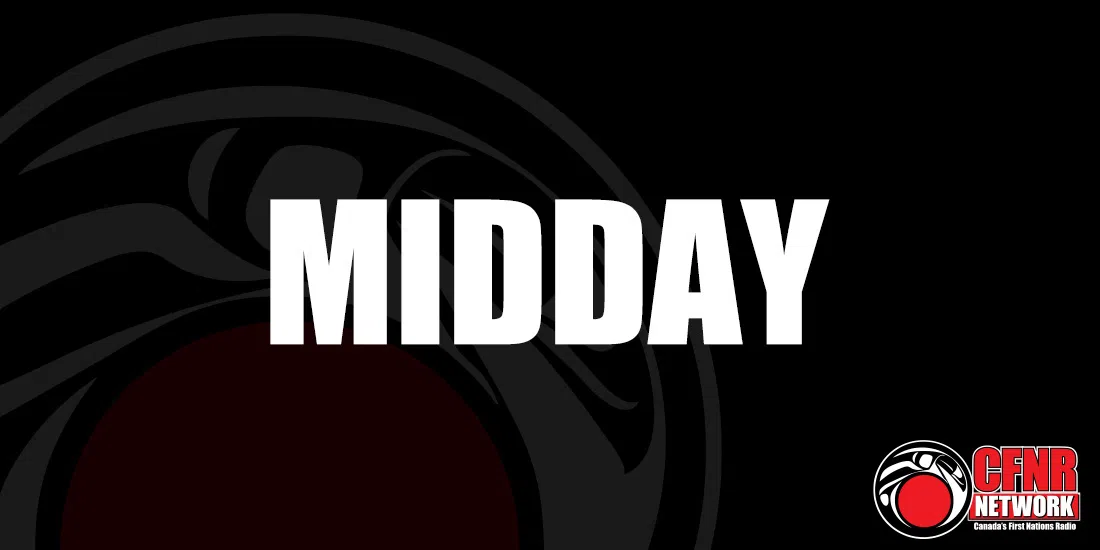Canada’s income gap remained at a record high in the second quarter of 2025, according to new data from Statistics Canada. The divide between the top and bottom income groups stayed unchanged from last year as a slowing economy weighed on household earnings and saving.
Disposable income rose 3.9 percent overall well below last year’s pace. Lower-income households recorded faster growth, but most of it came from government transfers rather than wages. Higher-income households saw weaker wage gains but benefited from lower interest payments, which boosted their investment income.
For the first time since 2022, net saving declined for households across the income spectrum, as everyday expenses especially housing, transportation, and groceries continued to rise faster than wages.
The wealth gap also widened. The wealthiest households captured nearly two-thirds of all net worth, supported by strong financial markets. Meanwhile, falling real estate values held back gains for younger households and those with the least wealth. Canadians under 35 recorded the slowest increase in net worth and continued to reduce their mortgage debt as they moved away from a challenging housing market.
Older households, by contrast, increased their mortgage borrowing, often to buy investment properties or support younger family members.









Comments